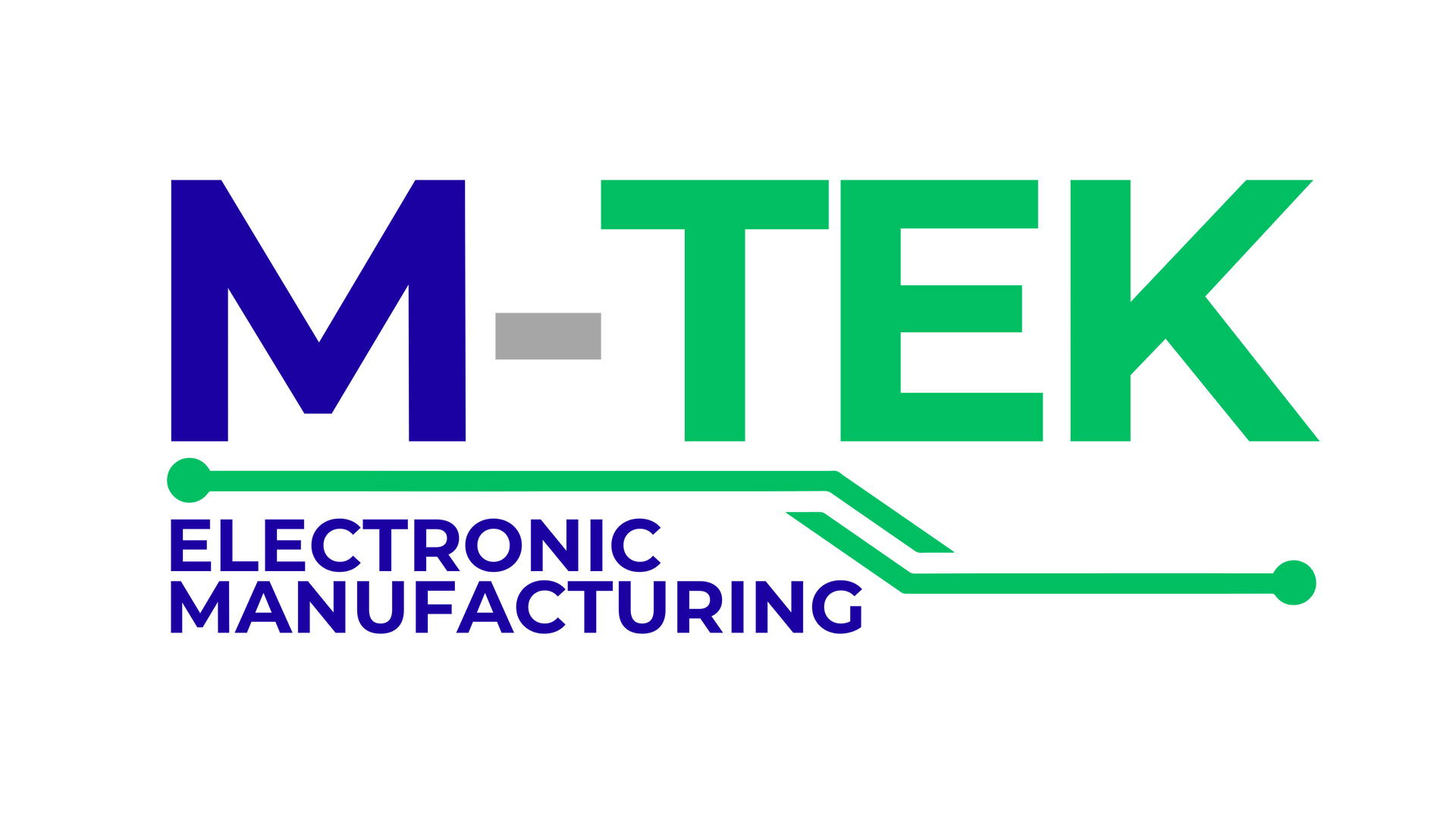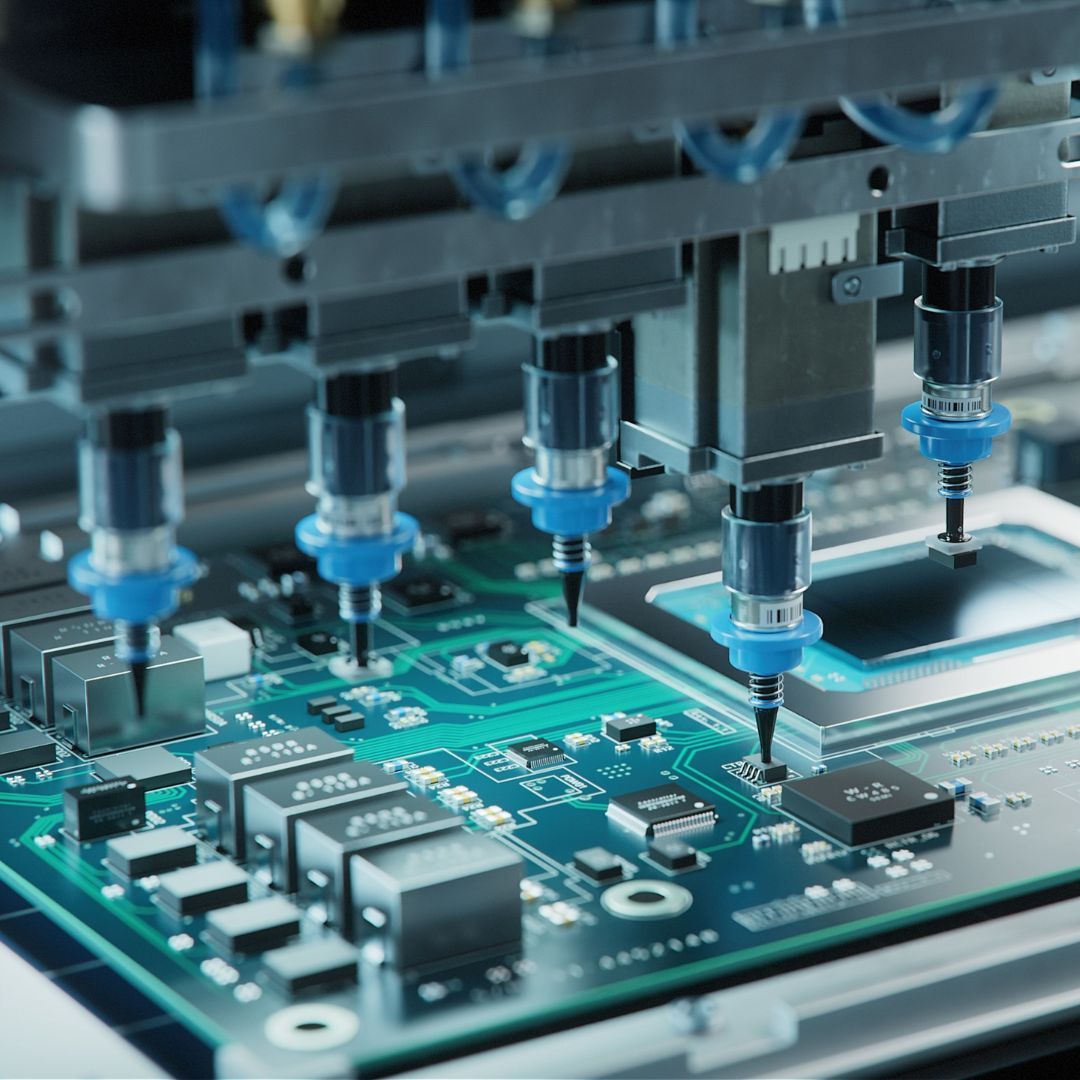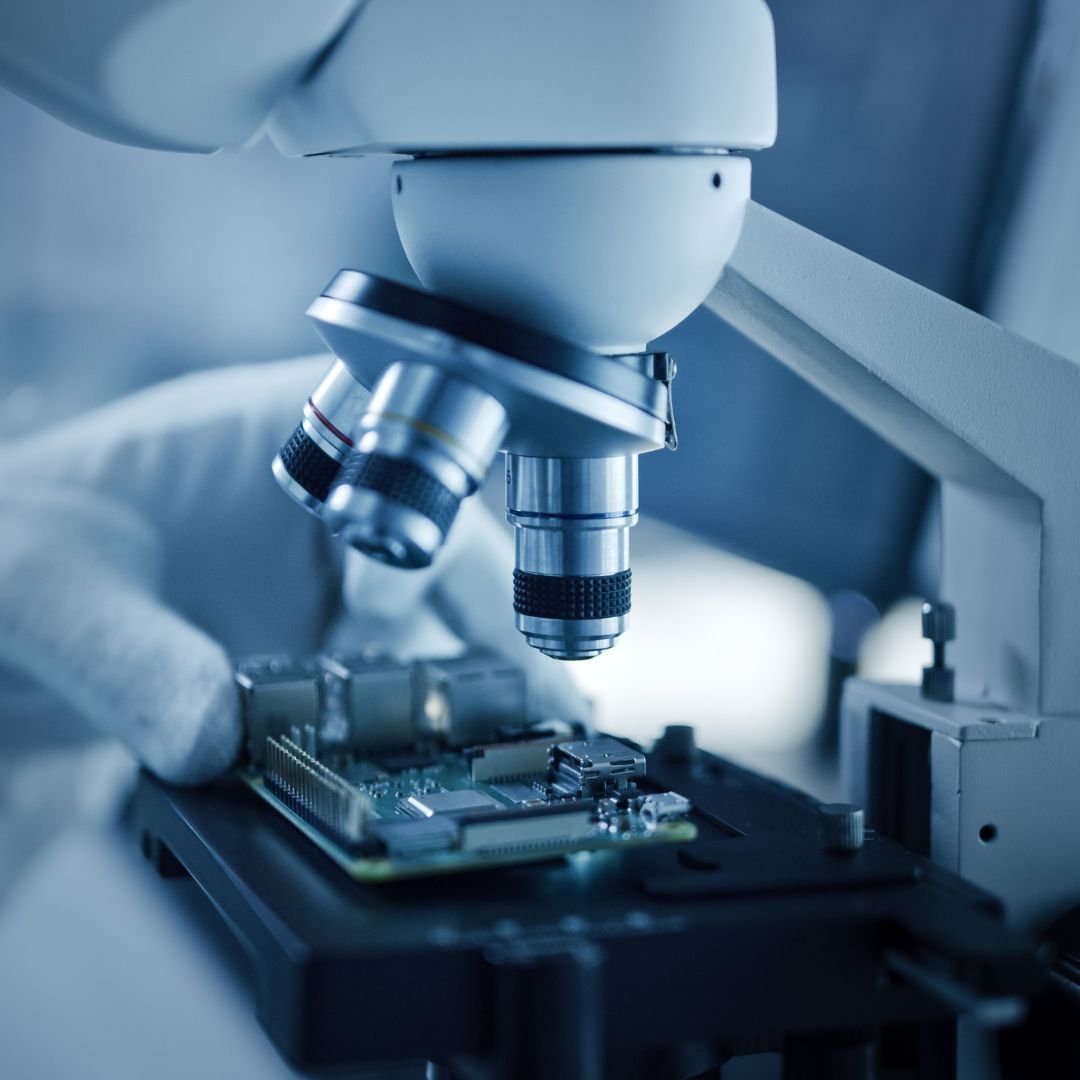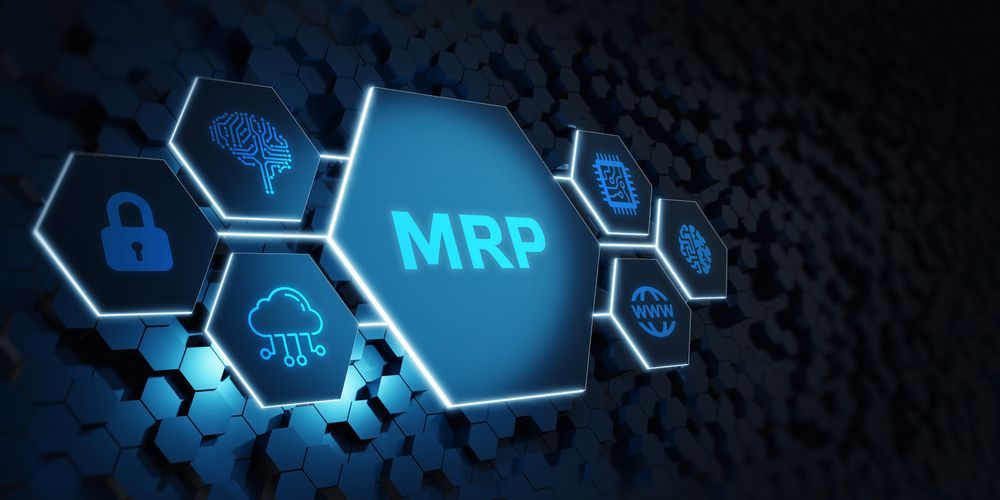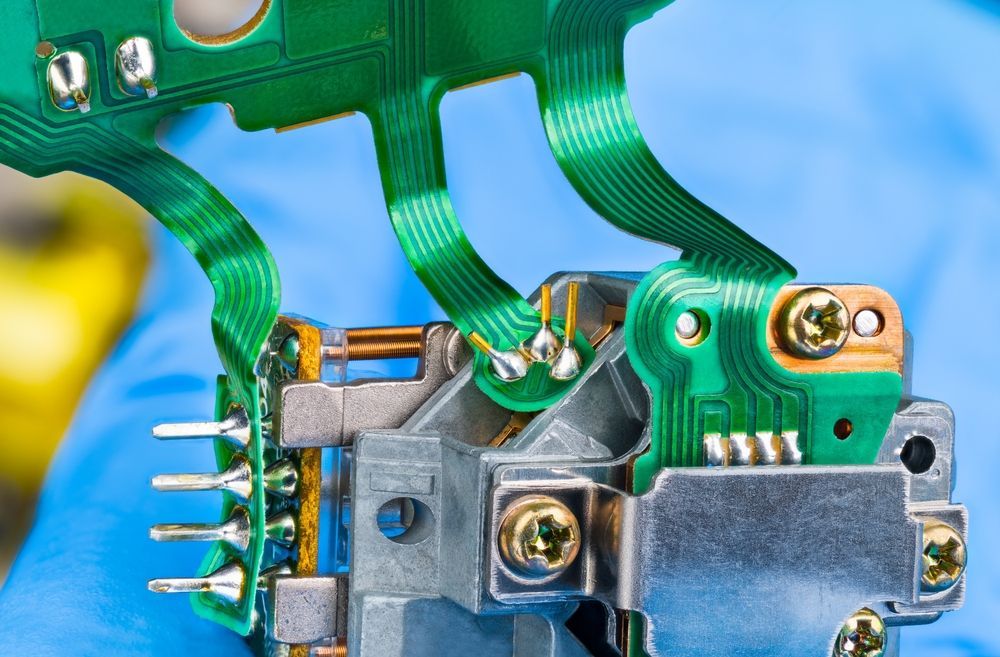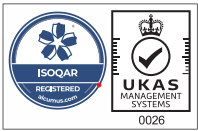How Does New Product Introduction (NPI) Apply to PCBs?
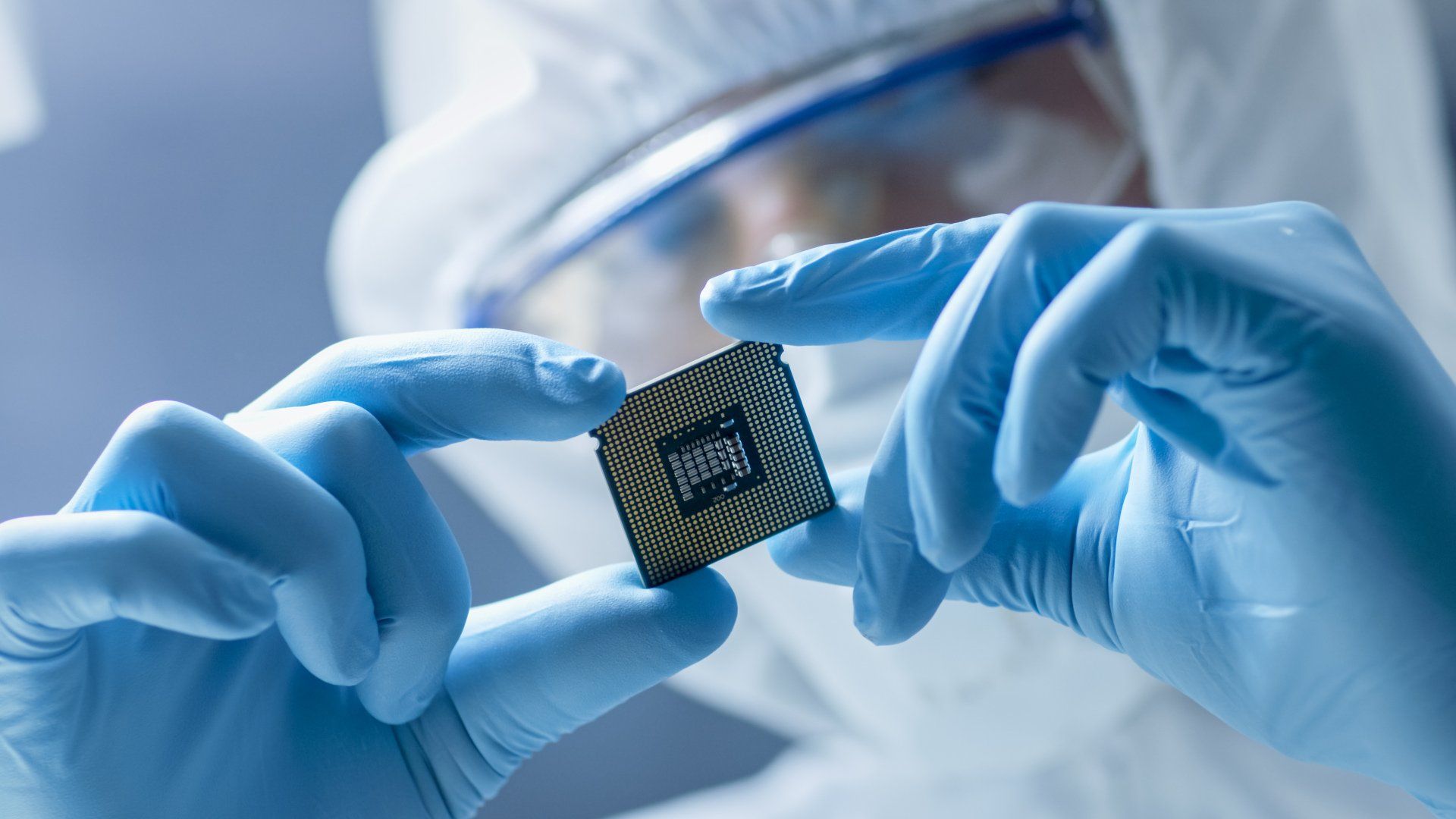
In various industries, NPI is implemented to help ensure production runs smoothly and cut down unnecessary costs on constant prototyping. But, what about PCBs? The production of printed circuit boards must be efficient for a quick turnaround. Let’s take a closer look at how NPI can be applied in the electronic manufacturing industry.
What is New Product Introduction (NPI)?
New Product Introduction (NPI) refers to the process of turning a product concept into a finished product that can then be reproduced. In the electronic manufacturing industry, it can be a time-consuming process to ensure that the printed circuit boards (PCBs) are ready for the production line, including a fully fleshed design and enough boards to meet the demand. This can lead to large expenses to ensure that the PCB design is accurate by creating multiple iterations.
That’s where the NPI comes in. This is a complete blueprint that drives the product through various stages. Each dedicated team focuses on a specific step and is controlled by “approval gates”, meaning they won’t move on to the next step without meeting certain criteria. This includes:
Product Concept - identify the designs and specifications- Feasibility Study - examine the practicability of the concept
- Prototyping - creating prototypes or “rapid prototyping”
- Tooling - make sure it passes certain tests, such as UX and reliability
- Pre-Production - ensuring the product can be designed at the quality
- Mass Production - final step, producing sellable products
Before the start of every new stage, the team dedicated to the PCBs development must assess its progress and whether it meets all the specifications.
Why is NPI Important For PCBs?
In various industries, we are continually learning how important PCBs are for efficiency. Printed circuit boards help a variety of businesses, both large and small, in many ways. So, it’s important that the manufacturing of PCBs and their roll-out production line runs smoothly and without faults.
In a world of technological advancements, the demand for printed circuit boards will only increase. So, with more competition for electronics, such as smartphones, home appliances and bikes, these will need to be on the market at a quicker rate and in less time. Therefore, a structured system, such as a new product introduction will help not only with the costs of manufacturing, but also ensure every step of the production is signed off before moving on.
How is it Applied?
As mentioned above, the typical structure of NPI involves stating the initial design, the feasibility of the product, testing and pre and mass-production. This can easily be applied to the mass production of PCBs.
Instead, this involves understanding the PCB concept and the impact the product will have. Then, optimising the design specifically for mass production and communicating these features to the manufacturer.
According to a general rule, the price of addressing PCB design flaws rises tenfold with each stage of development, testing, and full-scale production. Manufacturers may reduce several production risks, including quality issues, delays, and cost overruns, by including NPI as a key component in the PCB development and manufacturing process.
The Benefits of NPI For PCBs
For the design and manufacturing of PCBs, there are various benefits for electronic manufacturers to follow. For example, the overall manufacturing costs will be significantly lower, due to the various steps allowing manufacturers to make changes early on. This lowers the risk of having to make costly late-stage changes and reduces the need for constant testing.
As NPI is well-tested and has been successfully implemented in various industries, these best practices are extremely easy to follow. This will help streamline production and ensure efficiency; also cutting down on manufacturing costs and reducing waste.
In addition, as each stage is thoroughly checked by professionals, the printed circuit boards will have improved product quality. The PCBs will be assessed against certain criteria and without passing every specification, they will not move on to the next stage.
M-TEK Assembly Ltd.
Established in 1996, M-TEK Assembly creates and manufactures printed circuit boards throughout the UK. Supplying to a variety of industries, PCBs have many benefits and we ensure that the manufacturing process runs smoothly and efficiently.
Fill in our online form here for our services. Or, call us on 01189 455377 and speak to one of our PCB experts today.
